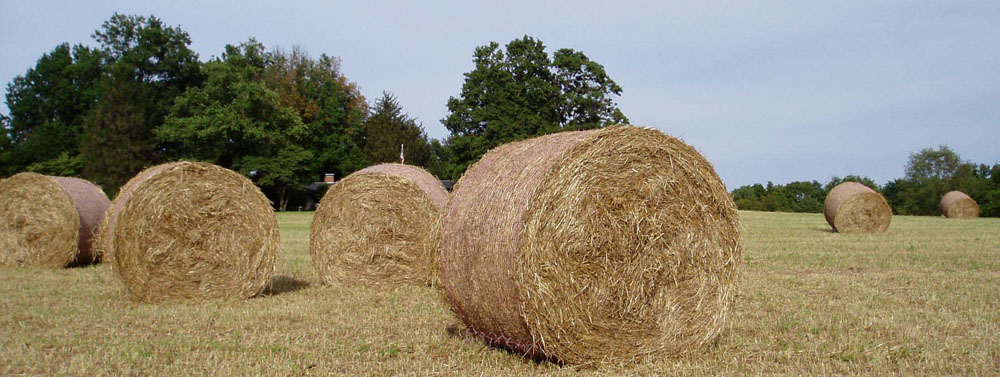Community Wealth Creation Reflects Both Micro and Macroeconomics
All of the ‘local market’ references in the Greenville, Illinois Independence Day post have evolved from guiding farmers and agribusinesses for decades on moving bulky, undervalued manure and biomass residues. The farther they travel, the less reusable value they have. However, if the locally produced biomass is also consumed locally, the economic magic happens.
Local as a Comparative Advantage: When a grain-producing region like the Midwest, begins processing local corn into transportation fuel and livestock feed (distillers grain), value is added. Local production and use becomes a comparative advantage. As inferred in the last technology post, feeding local corn to local hogs is is similar, because it is possible to convert corn to hogs without leaving the farm.
Curiously, the international trade wars from 2018 and 2019 are also supporting local production and local consumption. Increasing import tariffs has a similar local economic stimulus as local production of ethanol from local corn.
The Convergence of Macro and Microeconomics in Rural Communities: This is what today’s graphic is about. The bathtub, wealth-accumulation image is intuitive, and is from the 2012, USDA, Economic Research Service, Rural Wealth Creation: Concepts, Strategies, and Measures, report. This report describes 8 kinds of community capital: physical, financial, human, intellectual, natural, social, political, and cultural capital. The last three are the most difficult to place a monetary value on. But this report does a good job of 1) identifying these types of capital in rural areas, and 2) guiding the reader to understand how these components lead communities to increased local wealth.
Teaching undergraduate economics at Greenville University for the last 8 years, has been illuminating. The more businesses and the government struggled through trade wars and pandemics, the easier it has become to see that micro and macroeconomics are actually ever present. Businesses struggling from supply chain stoppages are an example of difficult-to-separate micro and macro impacts. Macroeconomic government efforts to influence inflation favorably – whether they work or not – impact the ability of micro economic businesses to succeed.
In rural counties, the influence from the macroeconomic effects are as influential as the business-focused microeconomics. It was enjoyable to push students to push their limits and try on new conceptual frameworks, or models. The final semester project, in Greenville University’s two semester economic series, involved comparing the objectives, outcomes, and inputs of a for profit business with the objectives, outcomes, and inputs from a non-profit entity. As the economist, my objective was to lead students to look at traditional labels in new ways. What does the monetary policy, federal funds rate increase mean to net worth and equity of a local business? How about a local service organization. Do churches and service organizations have operating budgets? How do they measure success? How are volunteer hours monetized?
An earlier biomassrules.com post, “Time Value of Money in Business and Infrastructure Investment Differ by Function of Scale,” compared the inseparability of public infrastructure and and private space transportation. Outer space is the other extreme from operating in a rural county.
Finding More Effective Solutions: Too often a recommended solution to economic pressure has a microeconomic bias, or it has a macroeconomic bias. We have grown too comfortable at thinking inflation is a monetary supply issue, and then a war breaks out between two major suppliers of grain and fuel (supply and demand). Tomorrow’s solutions require a larger calculator. If all one has is a hammer, everything looks like a nail.
We must be creative as we move forward and keep one eye on the rural microeconomy and the other eye on the macroeconomic drivers in rural communities at the same time. It really is difficult to put a monetary value on volunteer hours, cultural values and networks, and local influence beyond elected officials. We know too much to settle for the obvious, comfortable solutions. Look deeper.



Comments
Community Wealth Creation Reflects Both Micro and Macroeconomics — No Comments
HTML tags allowed in your comment: <a href="" title=""> <abbr title=""> <acronym title=""> <b> <blockquote cite=""> <cite> <code> <del datetime=""> <em> <i> <q cite=""> <s> <strike> <strong>